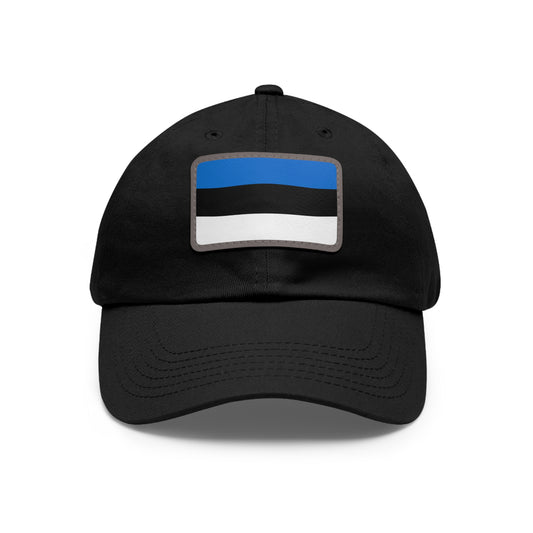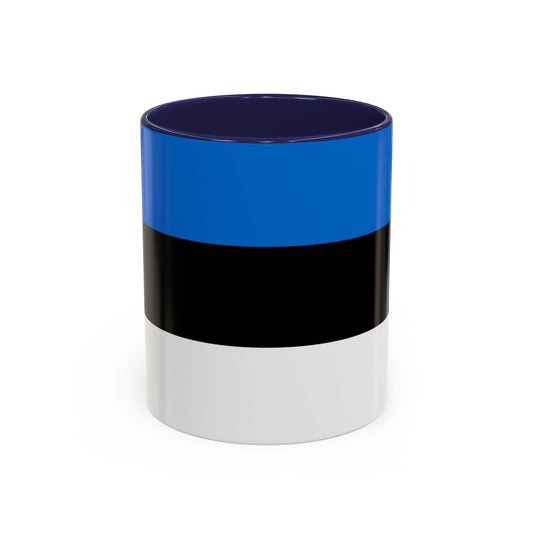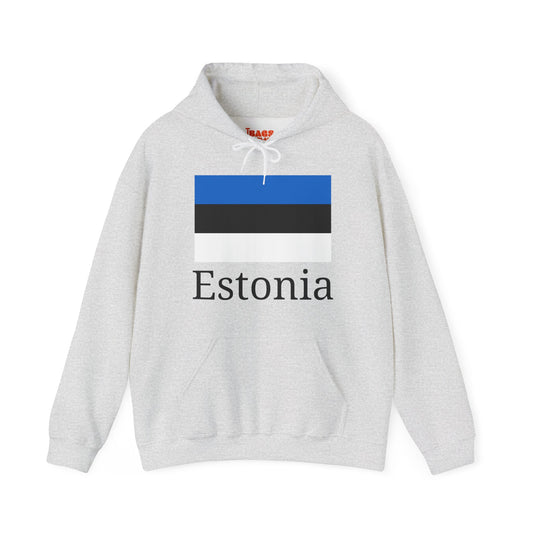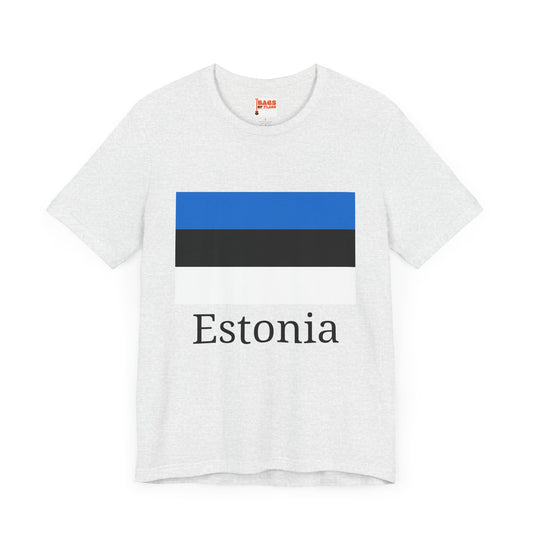-
Estonia Pillow
Regular price $22.65 USDRegular priceUnit price / per -
Estonia Backpack
Regular price $59.79 USDRegular priceUnit price / per -
Estonia Leather Patch Hat
Regular price $18.85 USDRegular priceUnit price / per -
Estonia Flag Sweatshirt
Regular price $34.15 USDRegular priceUnit price / per -
Estonia Sweatshirt
Regular price $34.15 USDRegular priceUnit price / per -
Estonia Mug
Regular price $11.65 USDRegular priceUnit price / per -
Estonia Hoodies
Regular price $34.40 USDRegular priceUnit price / per -
Estonia T-shirts
Regular price $22.79 USDRegular priceUnit price / per -
Estonia Flag on Hoodies
Regular price $34.40 USDRegular priceUnit price / per -
Estonia Flag on T-shirt
Regular price $22.79 USDRegular priceUnit price / per
Collection: Estonia
The Estonia flag symbolizes national pride and identity for the people of Estonia. Its design and colors hold historical significance and deep-rooted symbolism that reflects the country's rich heritage. We will explore the history and meaning of the Estonia flag, from its design and adoption to its current relevance in today's world.
Overview of the Estonia Flag's Design and Colors

The flag of Estonia proudly features a simple yet profound trio of horizontal stripes, colored blue, black, and white, from top to bottom. Each hue holds significant meaning: blue for the vastness of the Estonian skies and the values of freedom and loyalty it inspires; black reflects the enduring spirit and the sad history of the Estonian people, a nod to their struggles and resilience through times of adversity; and white signifies the aspiration for purity, the brightness of hope, and the pursuit of a brighter, more peaceful future.
The carefully chosen proportions of the flag, 7:11, and the specific shades of each color are legislated to maintain uniformity and ensure the flag’s symbolism remains consistent and meaningful. This configuration embodies the national identity and serves as a visual representation of Estonia's landscape, spirit, and aspirations. Through its colors and design, the flag narrates the story of a nation that values its freedom, remembers its past, and looks forward to a hopeful future.
Historical Context: The Estonia Flag Through Time

The Estonia flag's journey traces back to its initial adoption in 1884 by the Estonian Students' Society, marking the flag's deep-rooted significance even before official state recognition. Encapsulating the nation's spirit, the design was formally adopted as the national flag on May 8, 1920, amidst Estonia's earnest quest for independence. Its re-adoption on August 7, 1990, symbolized the resurgence of Estonian sovereignty following decades of Soviet occupation.
Throughout its existence, the flag has stood as an emblem of defiance and national identity, especially during periods of foreign domination when its display was a bold act of resistance—this period highlighted the Estonians' resilience and unwavering commitment to their national identity and independence. The flag's history is a testament to Estonia's enduring struggle for sovereignty and preserving its cultural heritage amid challenges and adversities.
Symbolism: Unraveling the Meanings Behind the Estonia Flag
At the heart of the Estonia flag lies a profound narrative embodied in the blue, black, and white tricolor. Each stripe conveys a distinct facet of the Estonian spirit and national identity. The topmost blue stripe serves as a canvas of the sky, a daily reminder of the freedom that blankets the nation and the loyalty it commands from its citizens. It symbolizes the boundless aspirations and the serene calmness of Estonia’s natural landscapes, echoing the universal desire for peace and liberty.
Beneath the blue lies the black stripe, a somber memorial to the trials and tribulations faced by the Estonian people. It represents the dark periods of occupation and struggle, a historical testament to the resilience and fortitude that have defined the nation’s character. This layer of black is a tribute to the sacrifices made for independence, embedding the collective memory of Estonia’s past in its national emblem.
The white stripe, emblematic of purity and hope, completes the flag's triad. It shines as a beacon of optimism, representing the enlightened path Estonia strives to walk. White encapsulates the country’s aspirations for harmony and the bright future that awaits, underlined by a commitment to justice and virtue.
Together, these colors weave a story of freedom regained, challenges overcome, and a future envisioned with hope and integrity. They serve not only as a symbol of national pride but as a reminder of the values that guide Estonia forward.
Current Relevance: The Estonia Flag in Today's World
In contemporary Estonia, the national flag is a common sight, unfurled with pride at various events ranging from state ceremonies and public holidays to military commemorations. Its role extends beyond the borders, symbolizing Estonia in international forums, sports competitions, and diplomatic engagements. This omnipresent usage underscores national identity and a collective memory and aspiration for the future.
Amidst this widespread respect and usage, the flag has occasionally stirred debate, particularly around its protocols and the context of its display, reflecting the evolving nature of national symbols in public discourse. Nevertheless, these discussions have only deepened the connection between the Estonian people and their flag, reinforcing its status as a living emblem of the nation's sovereignty, values, and global standing.
Additional Facts: Protocols and Anecdotes of the Estonia Flag
The Estonia flag is a symbol of national pride and is surrounded by carefully followed protocols that highlight the respect and reverence it commands. Among these, the flag must never be allowed to contact the ground, a sign of respect to the nation and its people. When raised or lowered, the process should be executed briskly and with solemnity, reflecting the severe nature of the act. Displaying a worn or damaged flag is considered disrespectful, so flags in less than pristine condition are retired with dignity.
One particularly compelling anecdote that underscores the deep emotional connection between the Estonian people and their flag involves its clandestine display during the years of Soviet occupation. Despite the strict prohibitions against it, with severe penalties for those caught, Estonians found ingenious ways to secretly display the flag, affirming their unwavering sense of national identity and hope for independence. This defiance became a powerful symbol of resistance, embodying the nation's enduring spirit and aspiration for freedom.
These traditions and stories highlight not just the protocols surrounding the Estonian flag but also the Estonian people's resilience, pride, and unity. Through these practices and the cherished anecdotes that accompany them, the flag continues to be a significant emblem, not just of a country, but of a collective history and an ongoing journey towards a brighter future.




















